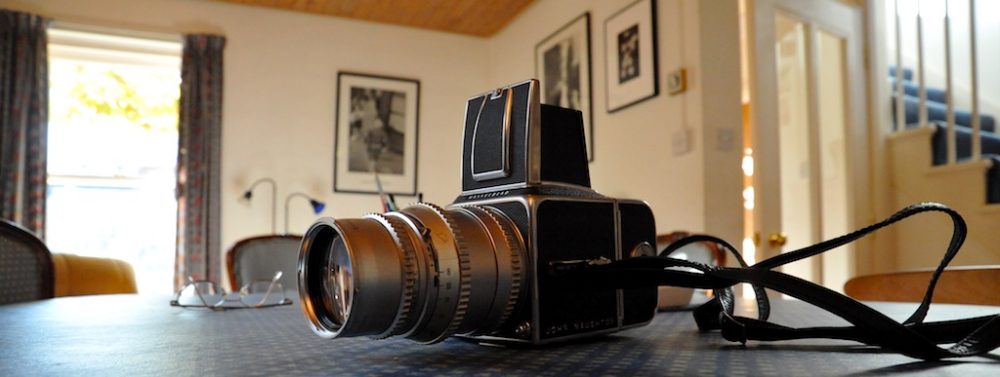Tech review has an interesting interview with Andrew Lo, Director of MIT’s Financial Engineering Lab about the significance of Societe Generale’s rogue trader. Excerpt:
TR: Can’t we just build better software and other technologies to prevent a recurrence?
AL: Yes, but anytime there is an interface between technology and human behavior, you open yourself up to the potential for fraud. Systems don’t build themselves: humans program them. A big event like this happens every so often, and then people say, “Gee, we have to spend more time and money to improve our systems,” and the systems become safer. Once the systems become safer, we get lulled into a false sense of security and complacency. And eventually, we experience a rude awakening when the next disaster strikes. I would argue that it is impossible to prevent these disasters with 100 percent certainty.
TR: Okay, so bad things will happen. I take it you are mainly concerned about the ripple effect when they do?
AL: Exactly. The financial system as a whole is getting more complex. Financial institutions rely on ever more elaborate systems architecture and electronic communications across different counterparties and sectors. The number of parties involved, the nature of transactions, the volume of transactions as the market grows–taken together, the dynamics among these aspects of financial markets imply that the complexity is growing exponentially. No single human can comprehend that complexity. And as the system grows more complex, it is a well-known phenomenon that the probability of some kind of shock spreading through the system increases as well. Systemic shocks become more likely. Today, we are looking at some significant exposure to relatively rare events.
TR: In what way was the Societe Generale matter such a shock?
AL: One natural hypothesis is that the global sell-off that happened early last week was a direct outcome of Societe Generale’s unwinding of these rogue trades. We don’t have any conclusive evidence yet, but it’s not an outlandish conjecture given the circumstances surrounding the massive fraud that was allegedly committed. According to Societe Generale, the problem was discovered on Saturday [January 19], and the firm began unwinding their portfolio at the first possible opportunity. If it turns out that this “unwind” was on the scale of a billion dollars or more, it is plausible that the unwind itself triggered the global sell-off–first in Asia, then in Europe, and then in the U.S.
TR: So one person, in this case Mr. Kerviel, can move the entire global financial system.
AL: It’s a larger-scale version of what happened in August of 2007–in particular, August 7, 8, and 9. A large number of quantitative equity hedge funds lost money on those dates simultaneously, yet there is no market event that you can point to that can explain why these funds lost money at the same time. But looking at circumstantial evidence, we [at MIT] pieced together a story that one large quantitative equity fund decided to unwind its portfolio, for reasons we don’t know for sure, but which we conjecture to be related to credit problems from the subprime mortgage market. Because the conjectured liquidation involved a big fund that needed to be liquidated quickly, this implies that the impact of the liquidation on other similarly positioned quantitative equity funds would be negative–and large. You get a snowball effect. Everybody is heading for the exit door at the same time, and you get a crash. But in August 2007, it was not a crash of the market as a whole, but of portfolios that are similarly structured to the fund that started the snowball.
What this means really is that we’re building systems which are so complex that they are beyond comprehension, never mind control.
It’s interesting also that MIT has a lab for ‘financial engineering’. Professor Lo writes articles with titles like ” Where Do Alphas Come From?: A New Measure of the Value of Active Investment Management”.
